 |
| Overview of the workshop |
Associate Professor, Dr. Tran Duc Cuong, President of the Vietnam Historical Science Association attended and chaired the conference. Also attending were Standing Deputy Secretary of the Provincial Party Committee Phan Ngoc Tho and scholars, cultural and historical researchers.
In our country's history, the name Vietnam has appeared for a long time, but it has not been the official national name. It was not until the year of Giap Ty, on Dinh Suu day, February 17 (March 28, 1804), when King Gia Long held a Khanh An ceremony to respectfully announce at the Thai Mieu inside the Imperial City to name the country Viet Nam. In the edict, the king affirmed: "When an emperor builds a country, he must first respect the national name to clearly show unity, and correct the national name to Viet Nam, to build a great foundation and pass it on for a long time. In all our country's affairs related to the national name and in correspondence with foreign countries, Viet Nam must be used as the country's name, and the old name An Nam must no longer be used."
Under the Nguyen Dynasty, the national name Vietnam was maintained for nearly four decades through the reigns of two kings, Gia Long and Minh Mang. In the 19th year of Minh Mang (1838), the king changed the national name from Viet Nam to Dai Nam.
In 1945, the August Revolution succeeded, ending the Nguyen Dynasty. On September 2, 1945, President Ho Chi Minh in the Declaration of Independence declared the establishment of the Democratic Republic of Vietnam - now the Socialist Republic of Vietnam.
Mr. Phan Tien Dung, Chairman of the Provincial Historical Science Association, said that more than 20 papers by scholars and researchers were selected by the organizing committee to be printed in the proceedings. The papers focused on researching the national name of Vietnam through historical documents as well as the country's development through the periods.
Source


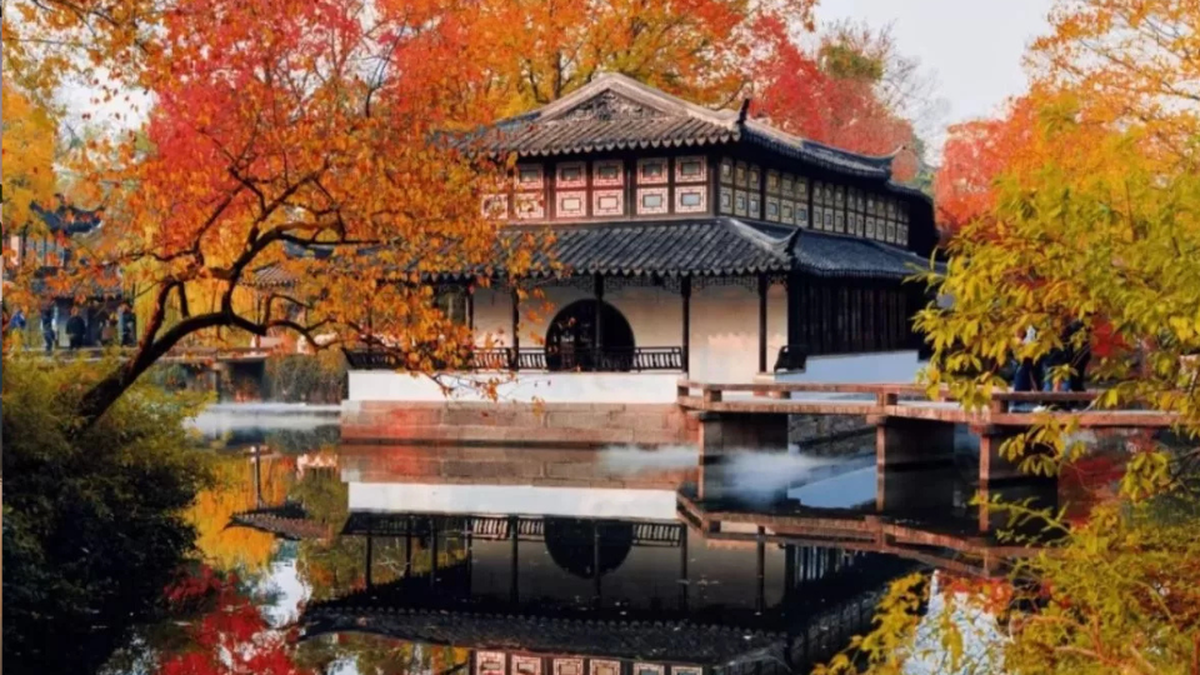
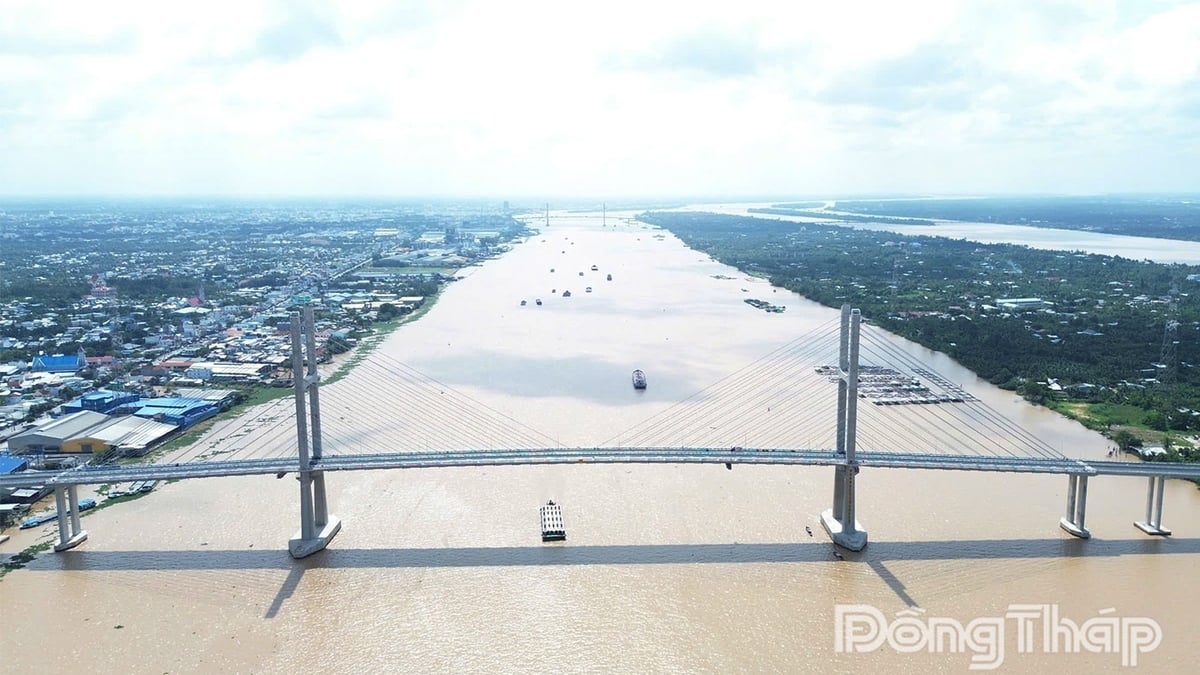


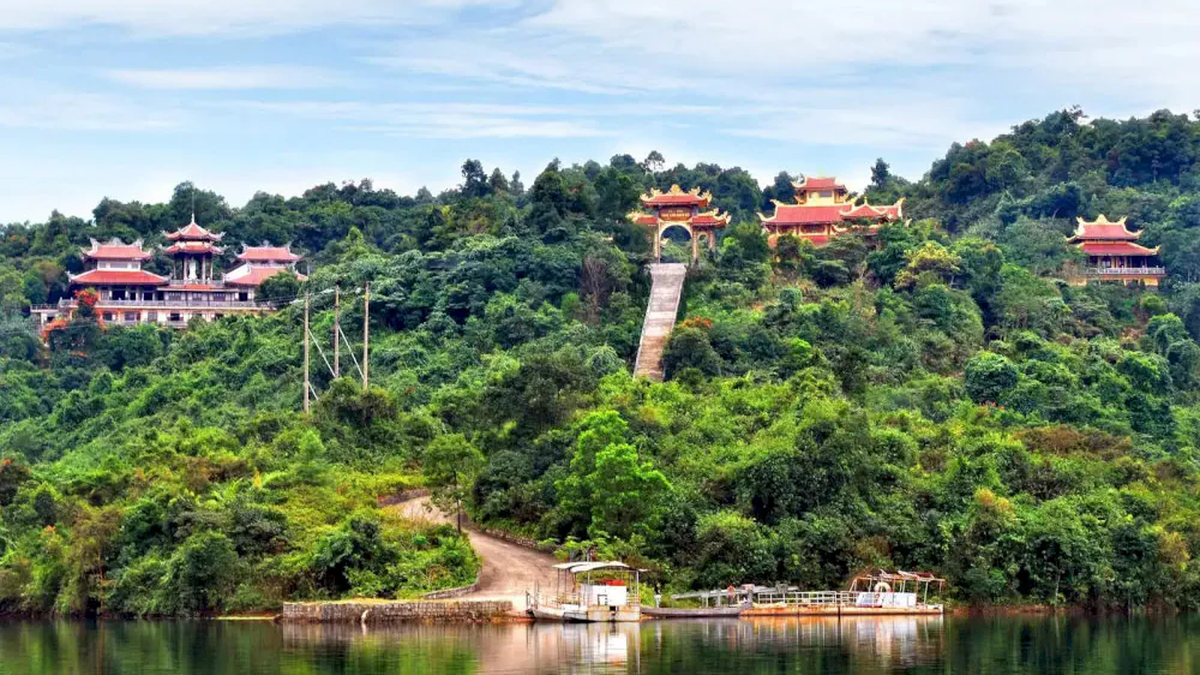
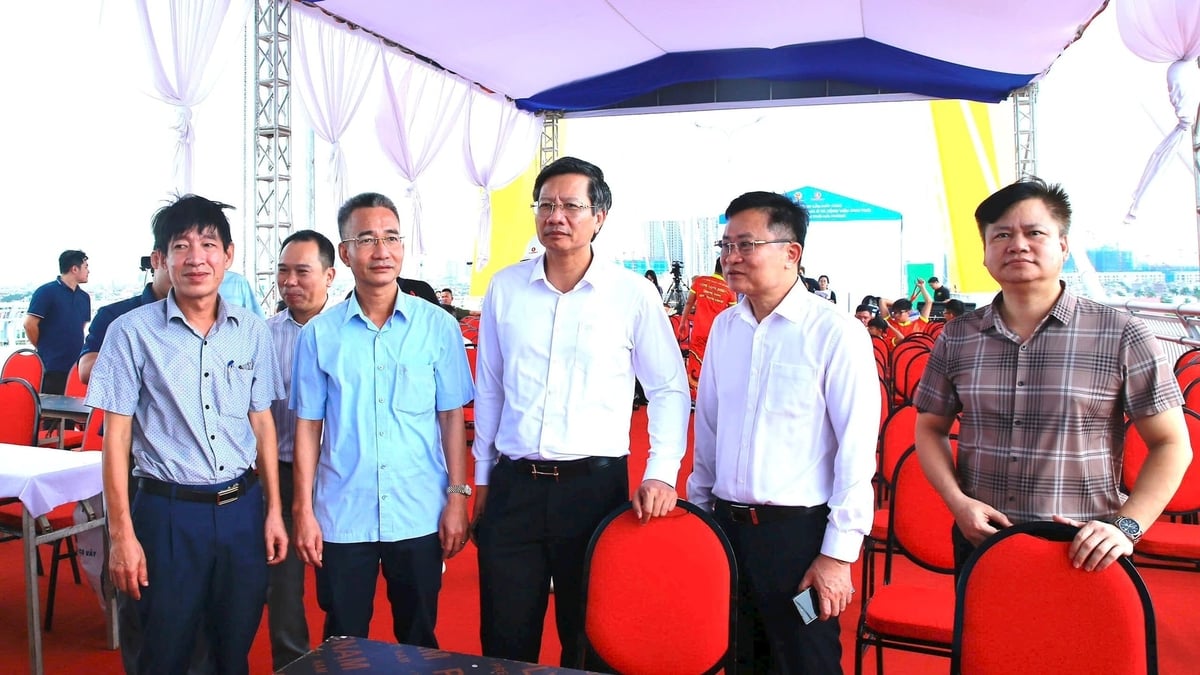
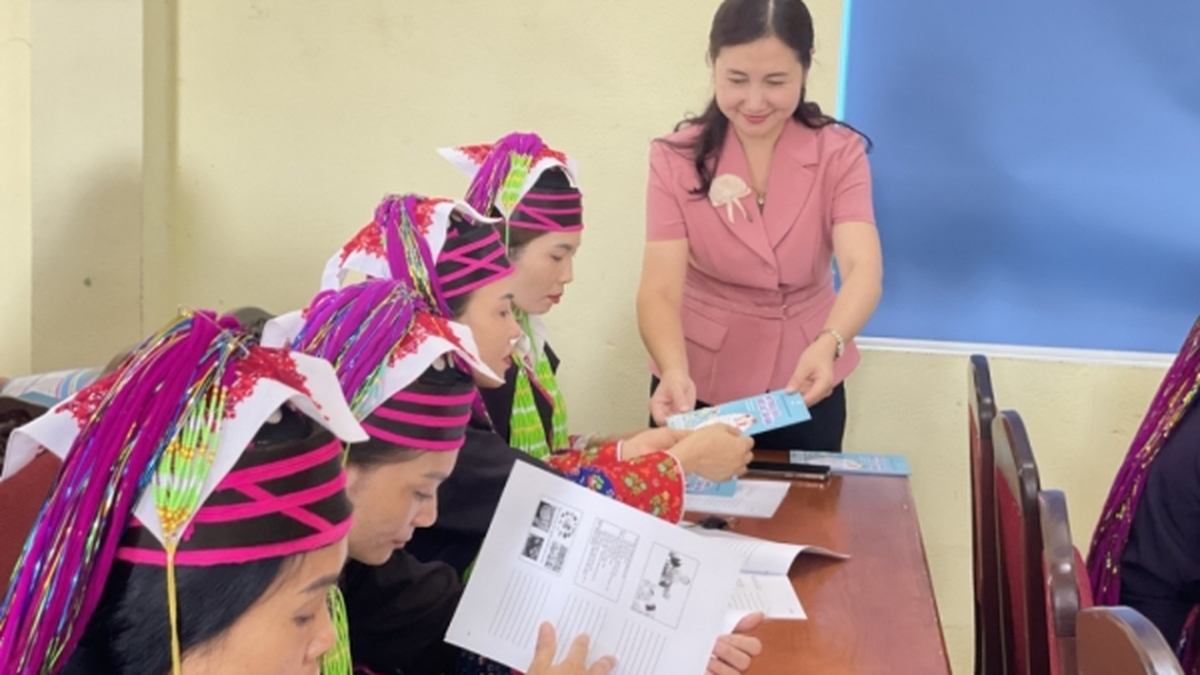

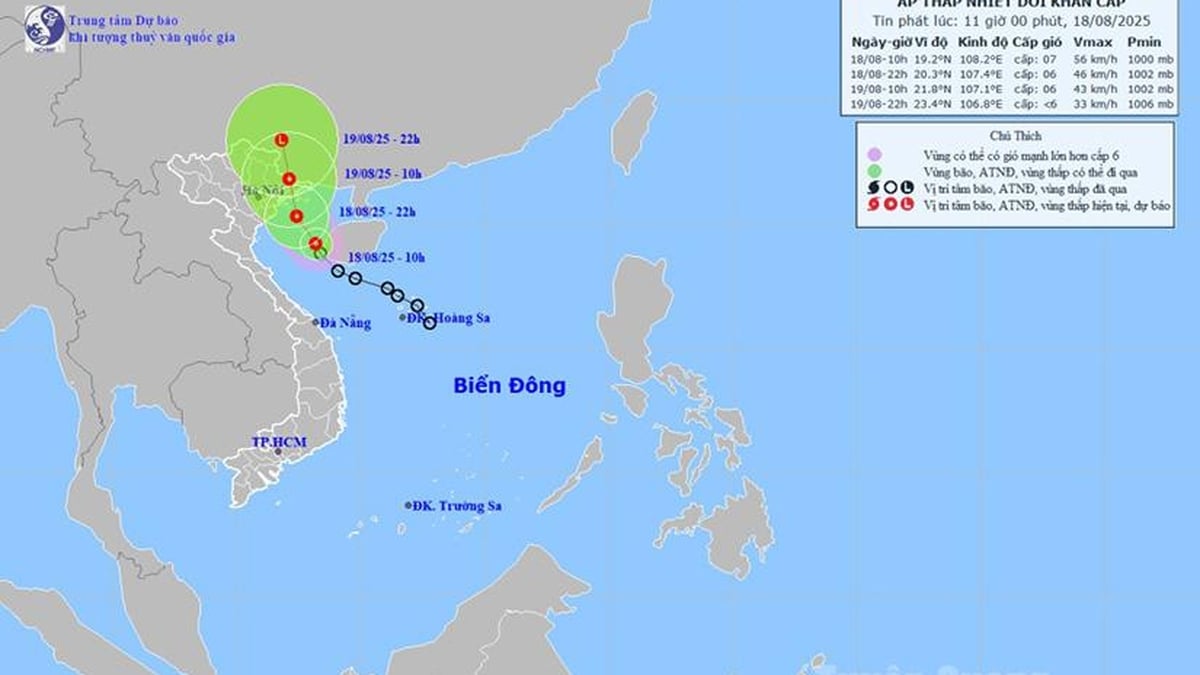
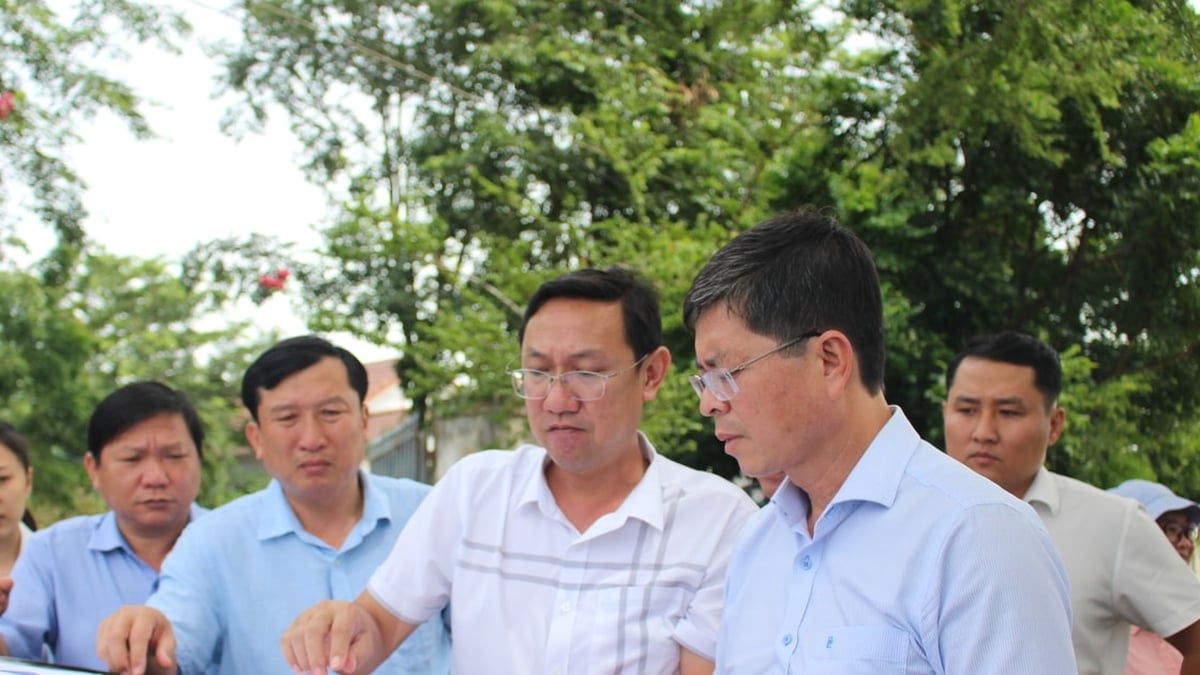
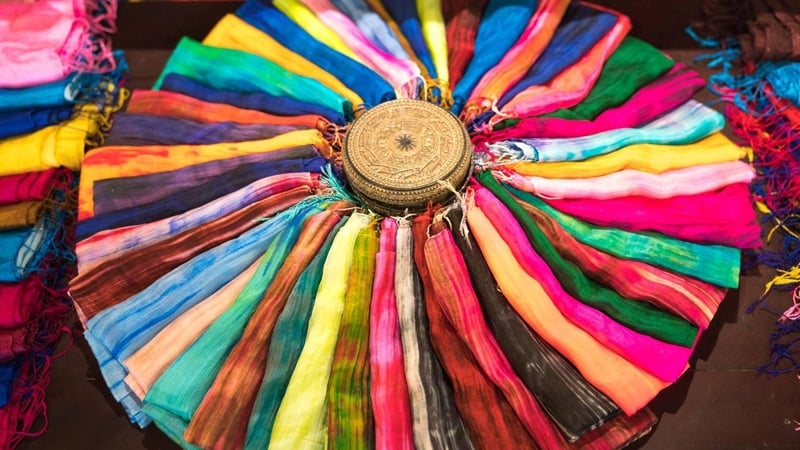


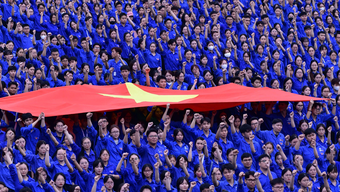







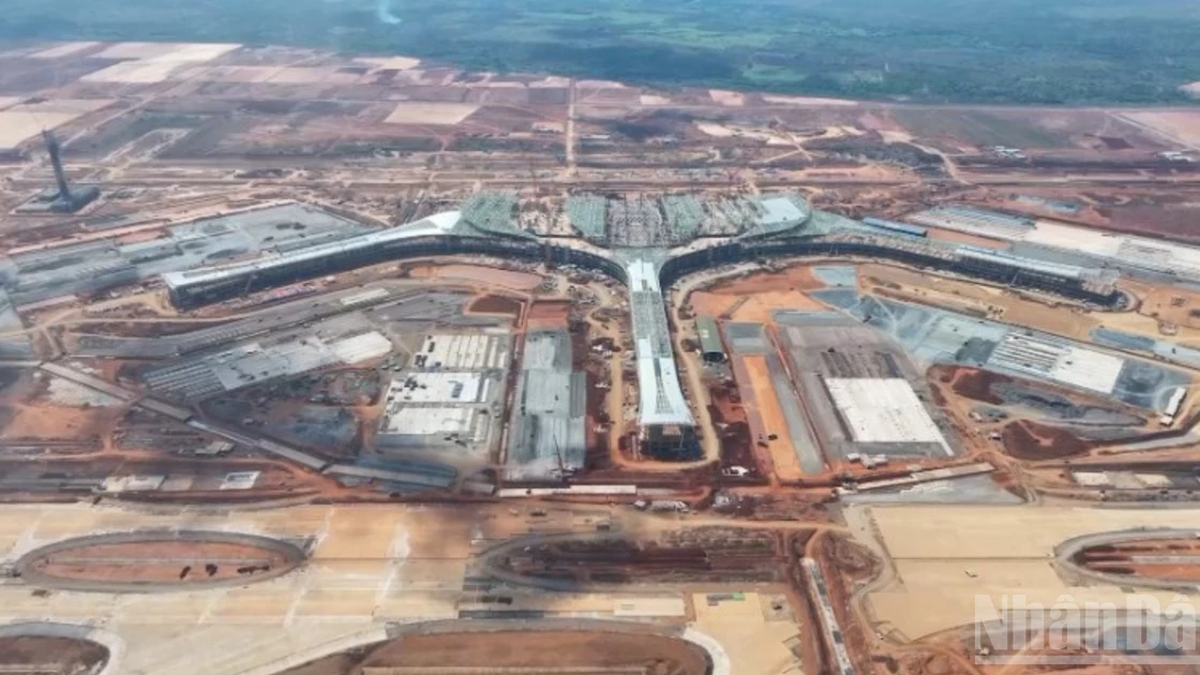
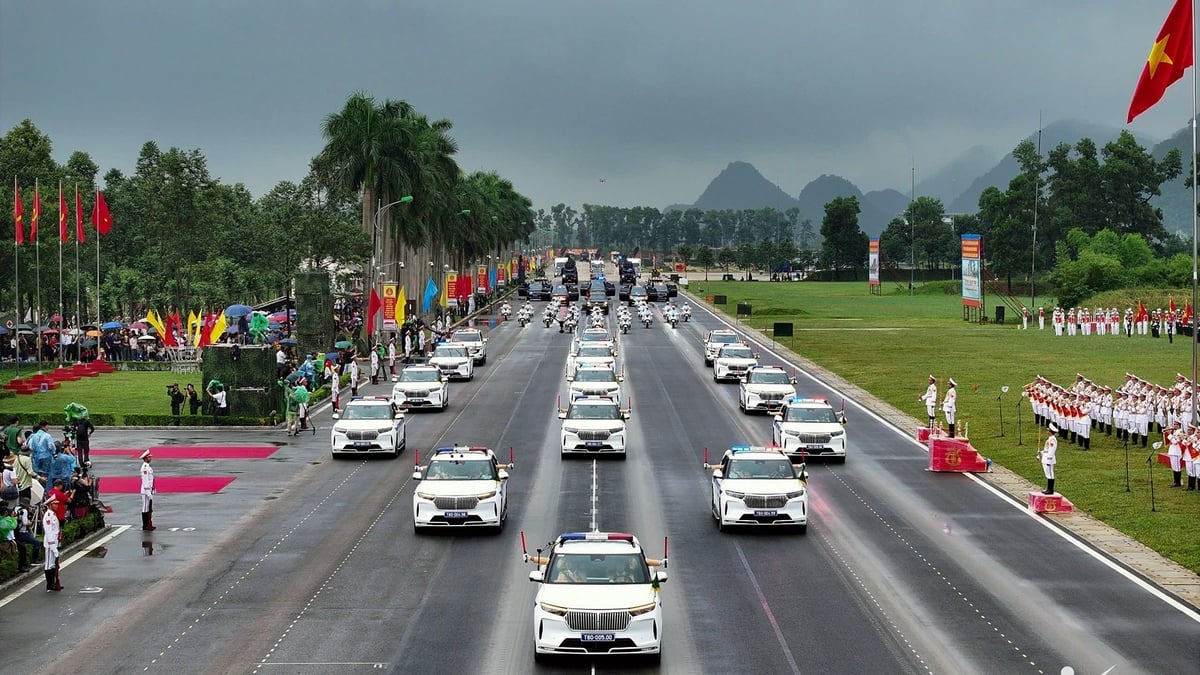

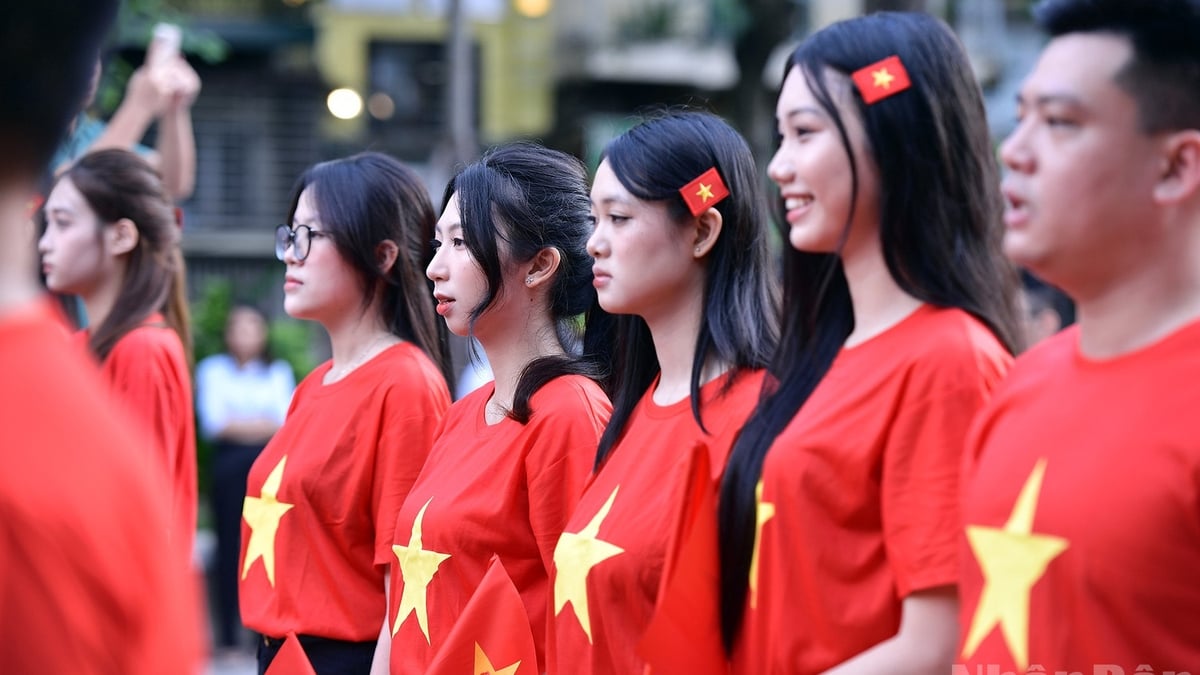
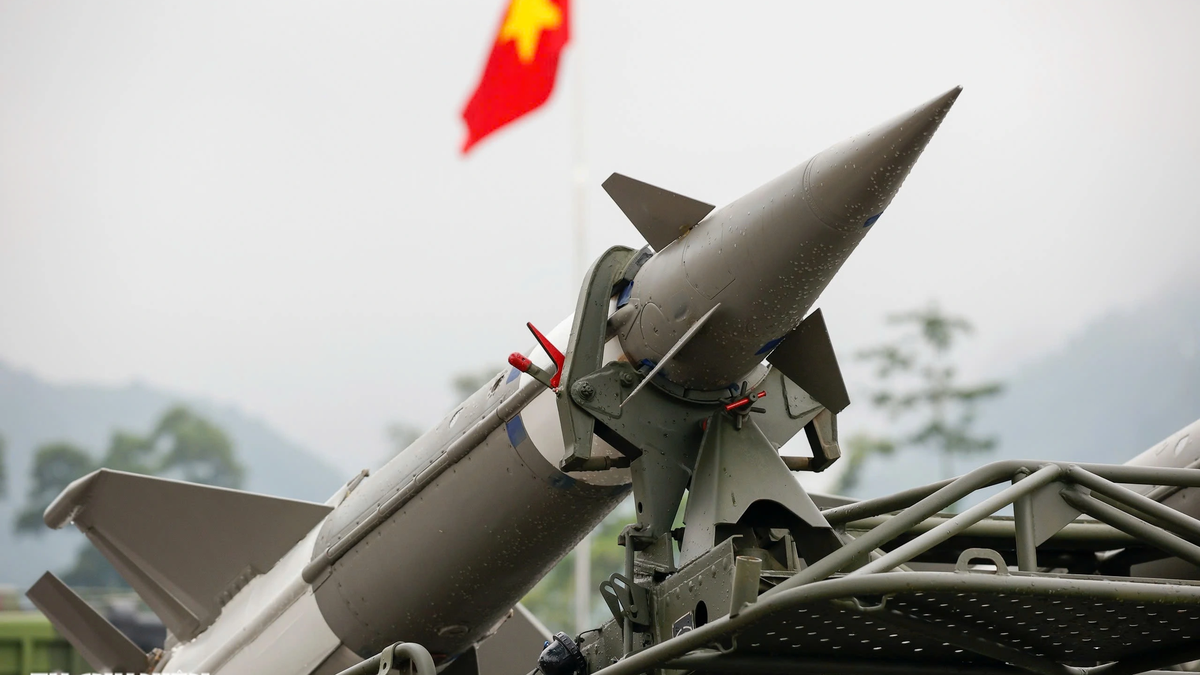
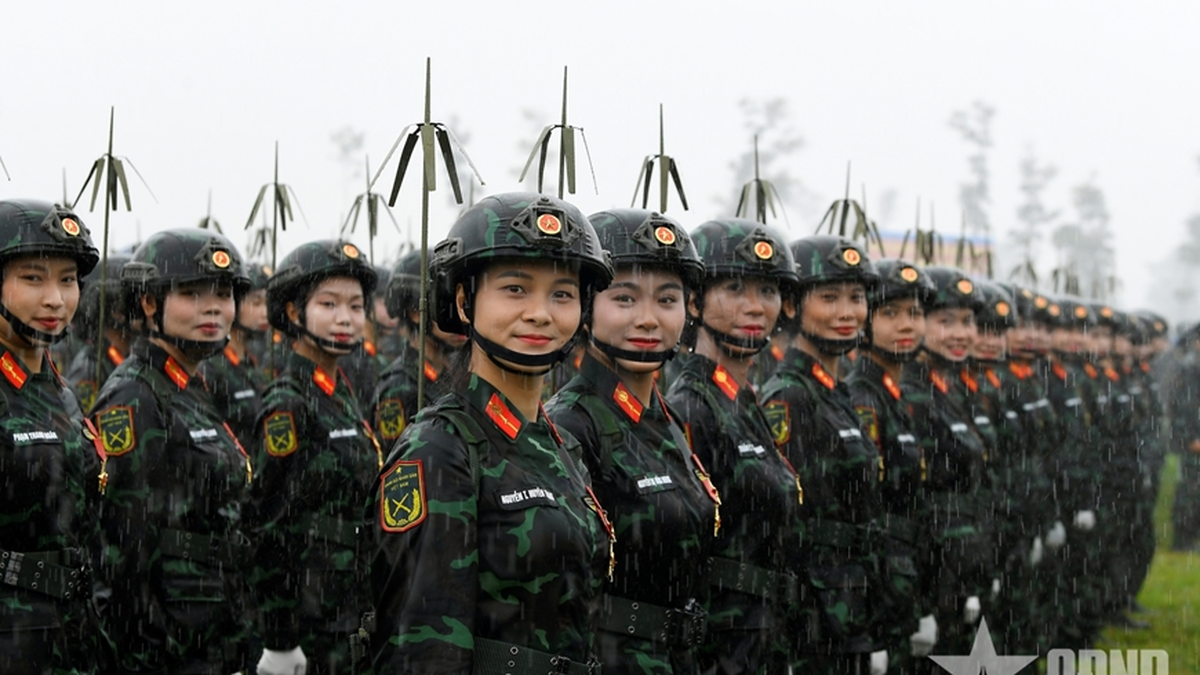

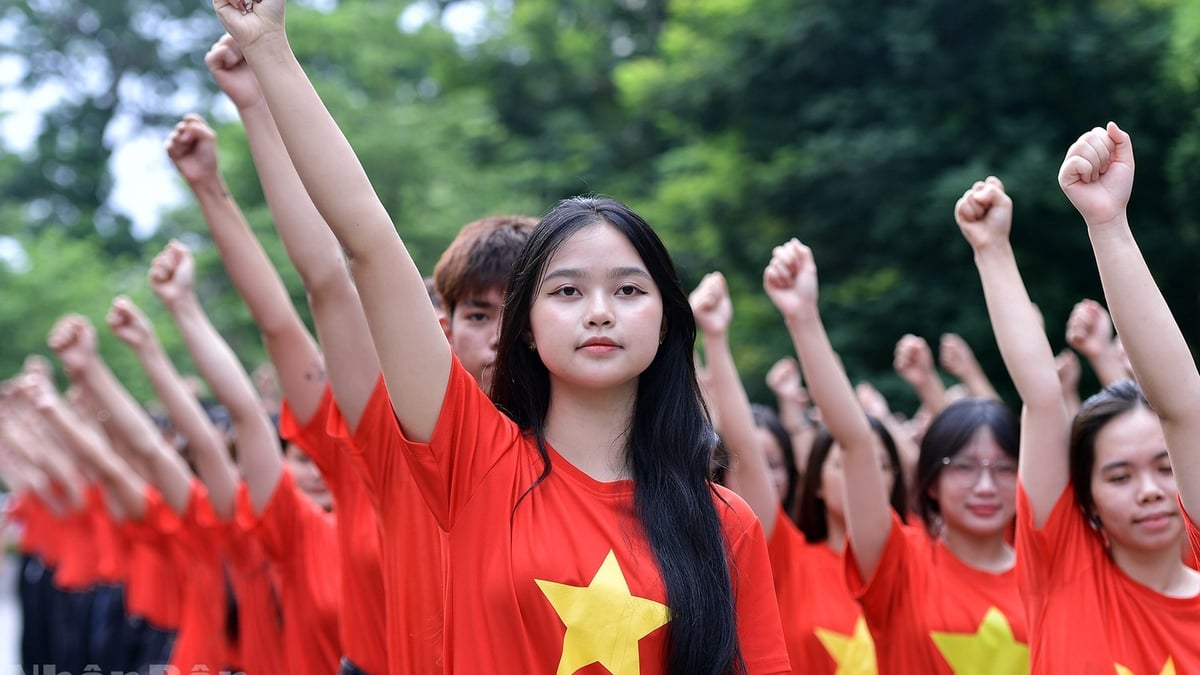
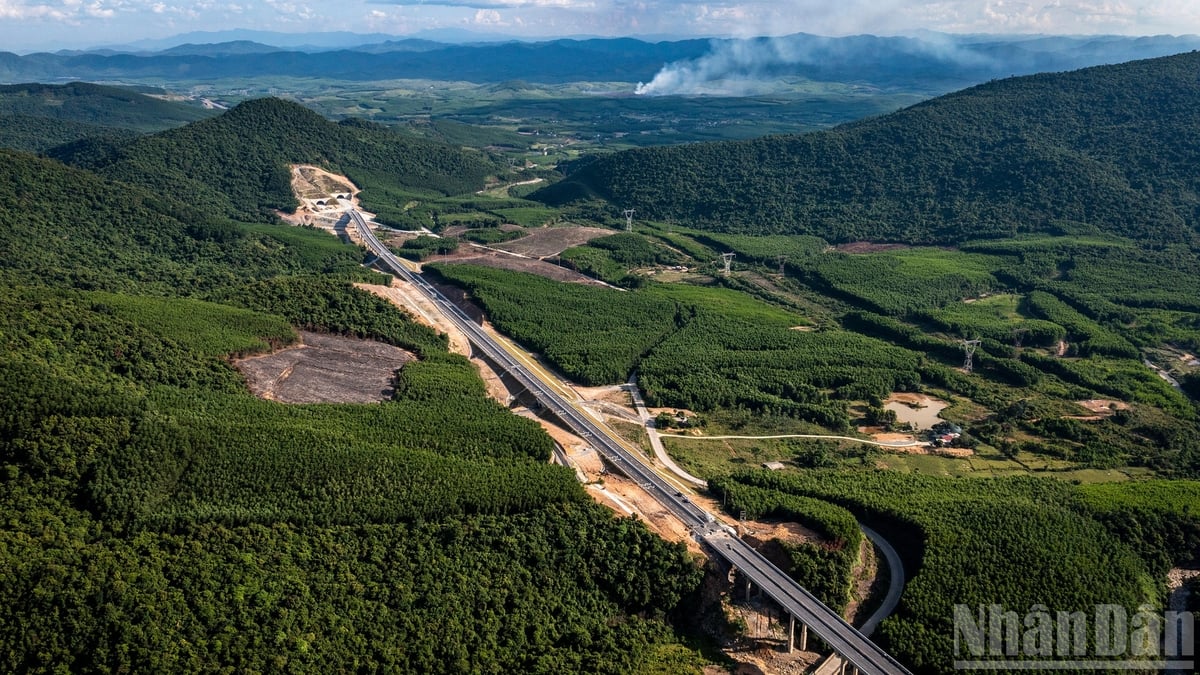
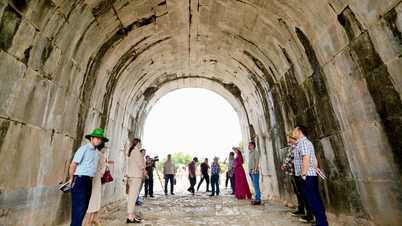



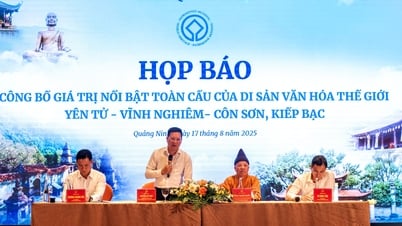

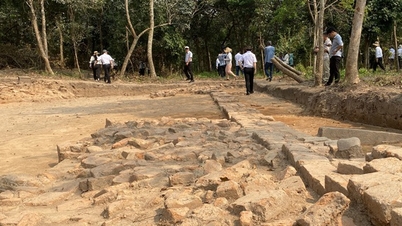



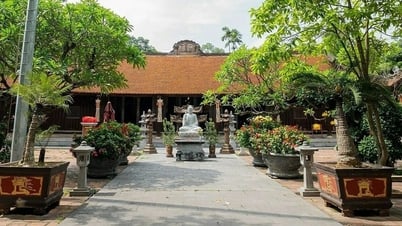

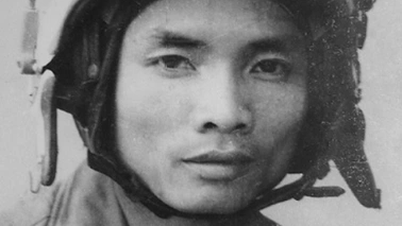



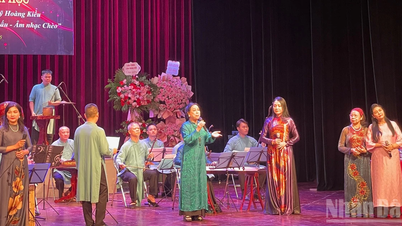






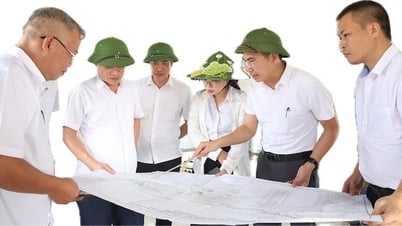




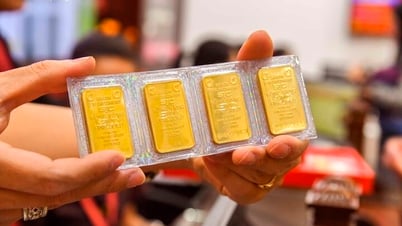

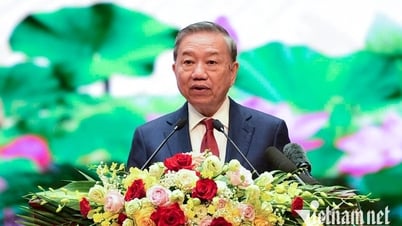

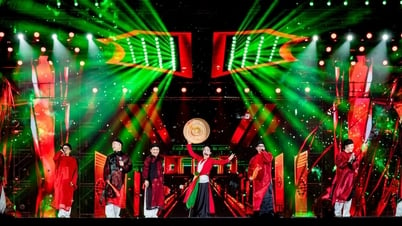



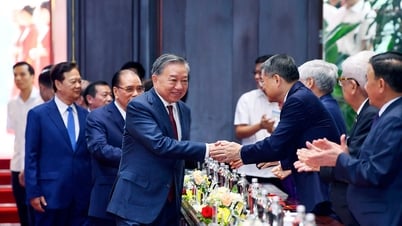

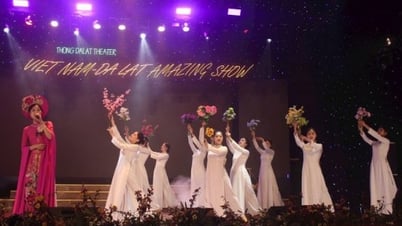

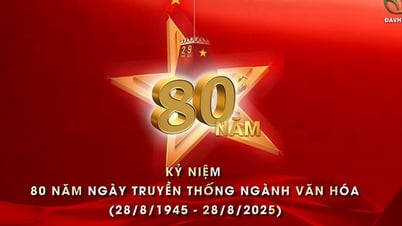














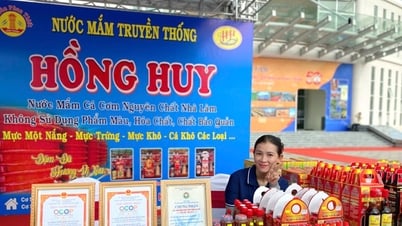



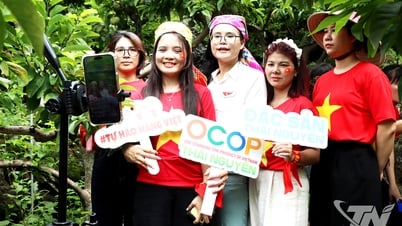









Comment (0)